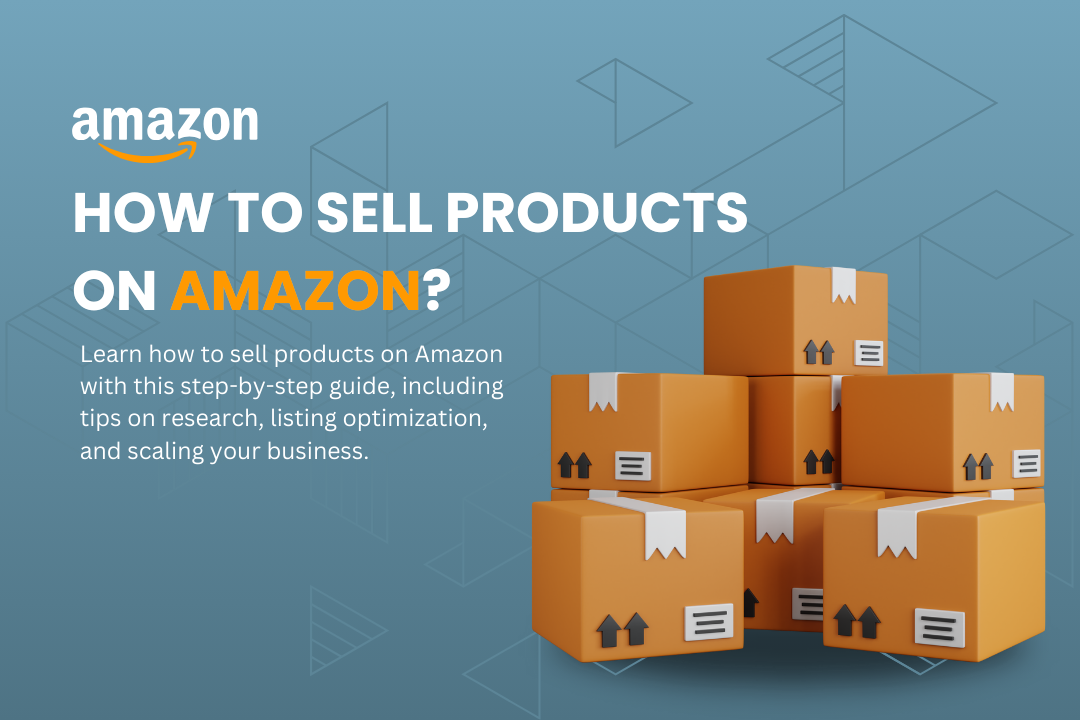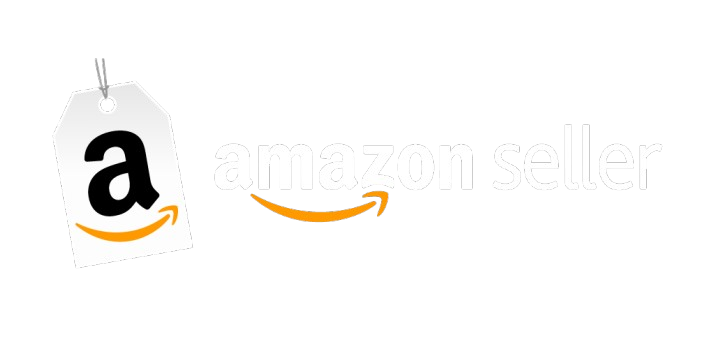Dealing with unauthorized sellers on Amazon can significantly impact brands, affecting profitability and customer satisfaction. These sellers often operate without permission, potentially damaging your brand’s reputation with poor-quality products and customer service. This guide will help you identify, deal with, and report unauthorized sellers, providing detailed steps for each process.
Table of Contents
ToggleWhat is an Unauthorized Seller?
Unauthorized sellers are entities that sell your products on Amazon without your consent. They may obtain your products through various means, such as liquidation sales, gray markets, or unauthorized distribution channels. These sellers can undercut your prices, misrepresent your brand, and provide a subpar customer experience.
Impact on Your Business
- Brand Dilution: Unauthorized sellers often need to pay more attention to brand guidelines, leading to consistent customer experiences.
- Revenue Loss: They frequently sell products at lower prices, affecting your sales and profitability.
- Customer Trust: Poor quality and service from unauthorized sellers can lead to negative reviews, damaging your brand’s reputation.
Identifying Unauthorized Sellers
Signs of Unauthorized Sellers
- Pricing Anomalies: Significant deviations from your set prices, particularly below the Minimum Advertised Price (MAP).
- Inconsistent Listings: Product listings with incorrect information, images, or descriptions.
- Unfamiliar Seller Names: Sellers with names that do not match your authorized dealer list.
Tools for Monitoring
- Amazon Brand Registry: Provides tools to monitor your brand’s listings and report violations.
- Third-Party Monitoring Software: Tools like Jungle Scout, Helium 10, and Keepa can help track pricing, sales patterns, and unauthorized sellers.
Exploring the Best Amazon Services to Boost Your E-commerce Business for comprehensive solutions and expert assistance. Check this out! Ecommstar Amazon Services
How to deal with unauthorized sellers on Amazon
- Document the Violation
- Gather evidence such as screenshots, product ASINs, and seller details. This documentation will be crucial when reporting the violation to Amazon or taking legal action.
- Reach Out Directly
- Contact the unauthorized seller through Amazon’s messaging system. Politely but firmly request that they cease selling your products. Clearly state your brand ownership and the lack of authorization for their sales activities.
- Send a Cease-and-Desist Letter
- If the seller does not comply, escalate the situation by sending a cease-and-desist letter through your legal counsel. This formal notice should outline the legal ramifications of continuing to sell your products without permission.
How to stop unauthorized resellers
Implement Brand Protection Policies
- Authorized Dealer Program: Establish a clear and public list of authorized sellers on your website. Communicate the benefits of buying from authorized dealers, such as guaranteed product quality and customer service.
- Enforce MAP Policies: Strictly enforce Minimum Advertised Price policies to prevent price undercutting. Monitor and take action against violations regularly.
Utilize Amazon Brand Registry
- Enroll in the Program: Amazon Brand Registry offers enhanced tools to protect your brand. Registering your brand gives you access to advanced search and reporting tools, making it easier to spot and take action against unauthorized sellers.
How to report an Unauthorised seller on Amazon
How to Report
- Navigate to Amazon Seller Central
- Go to the “Report a Violation” page within Amazon Seller Central. This platform is specifically designed to report intellectual property violations and other types of seller misconduct.
- Provide Detailed Information
- When reporting, include all relevant information, such as ASINs, screenshots, product descriptions, and seller details. The more comprehensive your report, the higher the chances Amazon takes prompt action.
- Follow Up
- After submitting your report, consistently check its status and follow up if necessary. Persistence is key, as Amazon handles many reports and may require additional information to process your complaint.
How to disable a seller on Amazon
Process for Disabling
- File a Formal Complaint
- Use Amazon’s reporting tools to file a formal complaint against the unauthorized seller. This complaint should detail the violation and include all gathered evidence.
- Provide Comprehensive Evidence
- Ensure your report is thorough and well-documented. Include details such as purchase receipts, product authenticity, and any communications with the seller.
- Call Seller Support
- After filing the complaint, contact Amazon Seller Support to expedite the process. Clearly explain the situation and provide the support representative with all relevant information.
How to Identify Authorized Amazon Sellers
If you’re an Amazon seller aiming to expand your market reach and boost your earnings, partnering with a reputable Amazon Wholesale Seller or Amazon Seller Consultant could be a strategic move. By selling your products in bulk to these professionals, they handle the reselling to customers, creating a win-win situation for everyone involved.
However, identifying whether a seller is genuinely authorized can be challenging, as Amazon does not provide an official “Amazon Authorized Reseller” badge or certification. Here’s how you can verify the legitimacy of a seller:
- Contact the Seller Directly. Locate the seller’s name and brand on their Amazon product listing, such as “X Products, LLC.” For instance, you can check Ecommstars page. Search for their contact information online and assess their presence. Reputable sellers usually offer multiple contact methods. It might be a red flag if you can only reach them through Amazon.
- Order a ProductOne of the simplest ways to determine a seller’s authenticity is to place an order. Evaluate the product’s delivery speed and quality. The seller is likely legitimate if you receive prompt delivery and high-quality merchandise.
- Examine their listings. Check them for any signs of fraudulent activity. Look out for mismatched ASINs and inconsistent product names. This can help you spot if a reseller is engaged in scam activities.
- Review Seller Feedback and Product Reviews Investigate the seller’s feedback and product reviews. Reputable sellers will have positive feedback on their profile and minimal reviews mentioning issues like damaged items or counterfeit products.
Additional Tips
Test Buys
- Purchase from the Seller
- Conduct a test buy to gather concrete evidence. This can help prove that the product the unauthorized seller sells is either counterfeit or not as described, strengthening your case when reporting to Amazon.
Stay Persistent
- Be Patient and Persistent
- The process of dealing with unauthorized sellers can be time-consuming. Persistence and regular follow-ups with Amazon ensure your reports are addressed effectively.
Conclusion
Unauthorized sellers on Amazon can undermine your brand’s integrity and profitability. By understanding how to identify these sellers, implementing robust brand protection policies, and utilizing Amazon’s reporting tools, you can effectively manage and mitigate the impact of unauthorized resellers. Stay vigilant and proactive in protecting your brand, and consider professional assistance if needed to navigate complex cases.
You can explore professional services specializing in Amazon brand management and assistance at Ecommstars Amazon Business Solution.
Frequently Asked Questions
1. How can I identify unauthorized sellers on Amazon?
Identifying unauthorized sellers involves monitoring for pricing anomalies, inconsistent product listings, and unfamiliar names. Tools like Amazon Brand Registry and third-party software such as Jungle Scout, Helium 10, and Keepa can help track these sellers and ensure your brand’s integrity.
2. What steps should I take to deal with unauthorized sellers on Amazon?
To deal with unauthorized sellers, follow these steps:
- Document the violation with evidence like screenshots and product details.
- Reach out directly to the seller through Amazon’s messaging system.
- If necessary, send a cease-and-desist letter through legal counsel.
3. How can I prevent unauthorized resellers from selling my products on Amazon?
Implement brand protection policies, such as establishing an authorized dealer program and enforcing MAP policies, to prevent unauthorized resellers. Additionally, enrolling in the Amazon Brand Registry can provide enhanced tools for monitoring and reporting unauthorized sellers.










